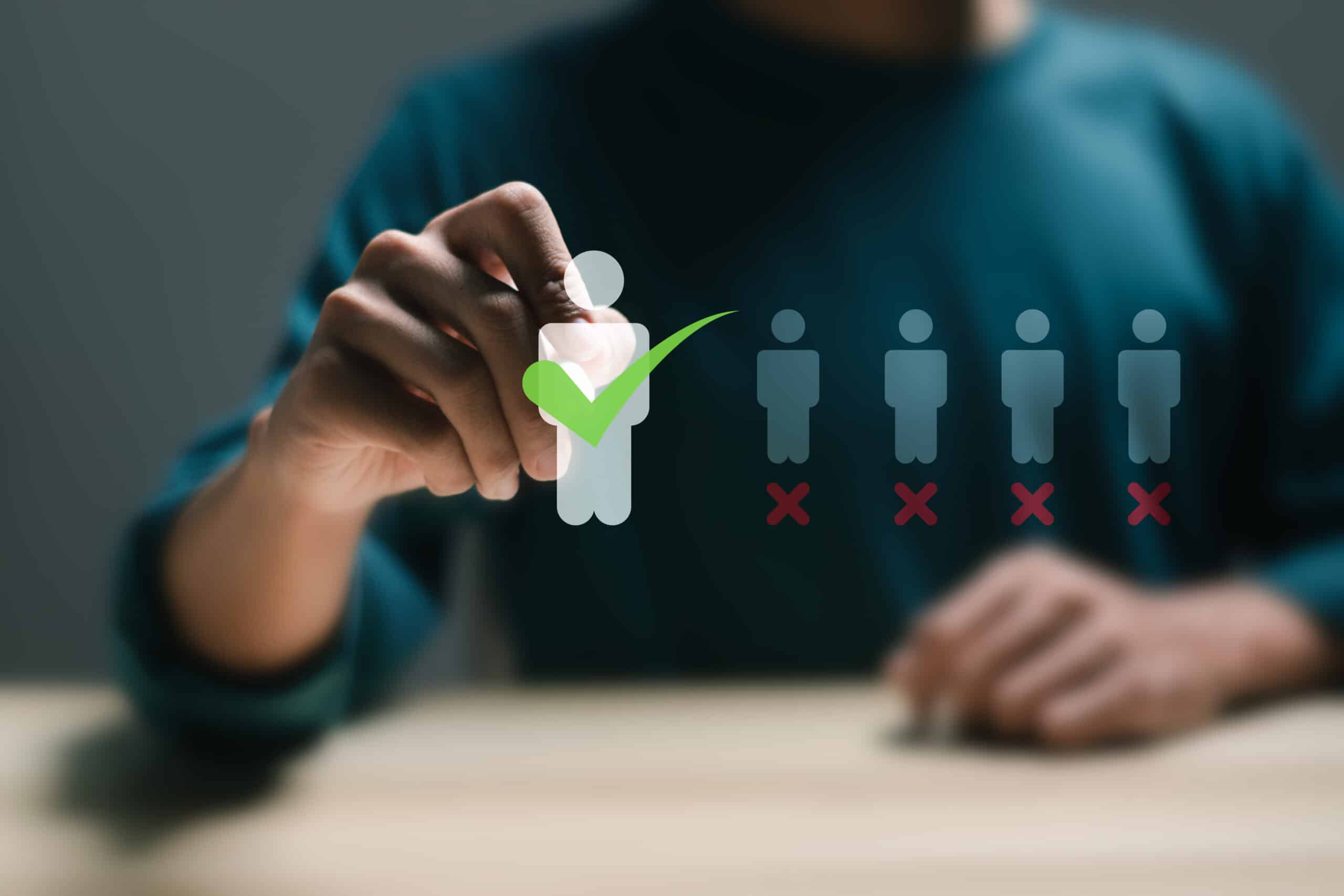Technology has unlocked so many possibilities when it comes to training your industrial manufacturing workforce. Gone are the days of relying on outdated slide decks and DVDs in a classroom. With eLearning and 3D animations, eLearning has never been better. But the real secret to unlocking higher knowledge retention, skill development, and job performance is blended learning solutions.
What Are Blended Learning Solutions?
Blended learning solutions are an educational approach that combines instructor-led training (ILT) with online training, combining the benefits of each training method.
These solutions are critical to helping organizations achieve their business objectives.
In fact, companies that invest in employee training see 11% higher profits than those that do not. And 80% believe that more training helps to meet company goals (Seismic).
What Our Blended Learning Solutions Guide Includes
Blended Learning is a fantastic approach to workforce training, but there are many different best practices and strategies to consider. And we’re here to help!
Our guide to using blended learning solutions includes:
- The goals, benefits, and challenges of using blended learning for employee training
- Five blended learning approaches to consider
- A step-by-step approach to starting a blended learning program, including best practices, when to train, and how to maximize training impact.
- A breakdown of how Vector Solutions can help you get started.
Request a demo and download our Blended Learning guide to create a modern training strategy that meets the needs of your workforce.











